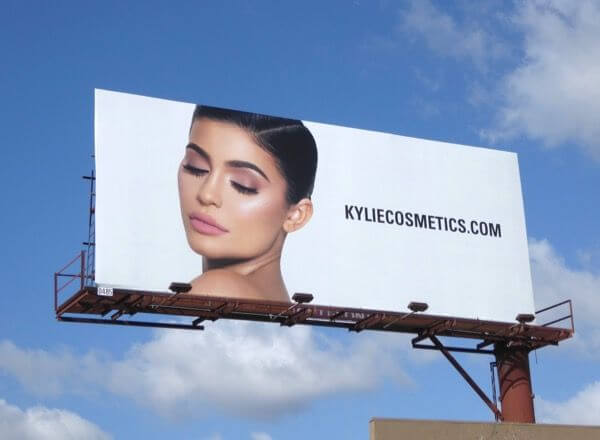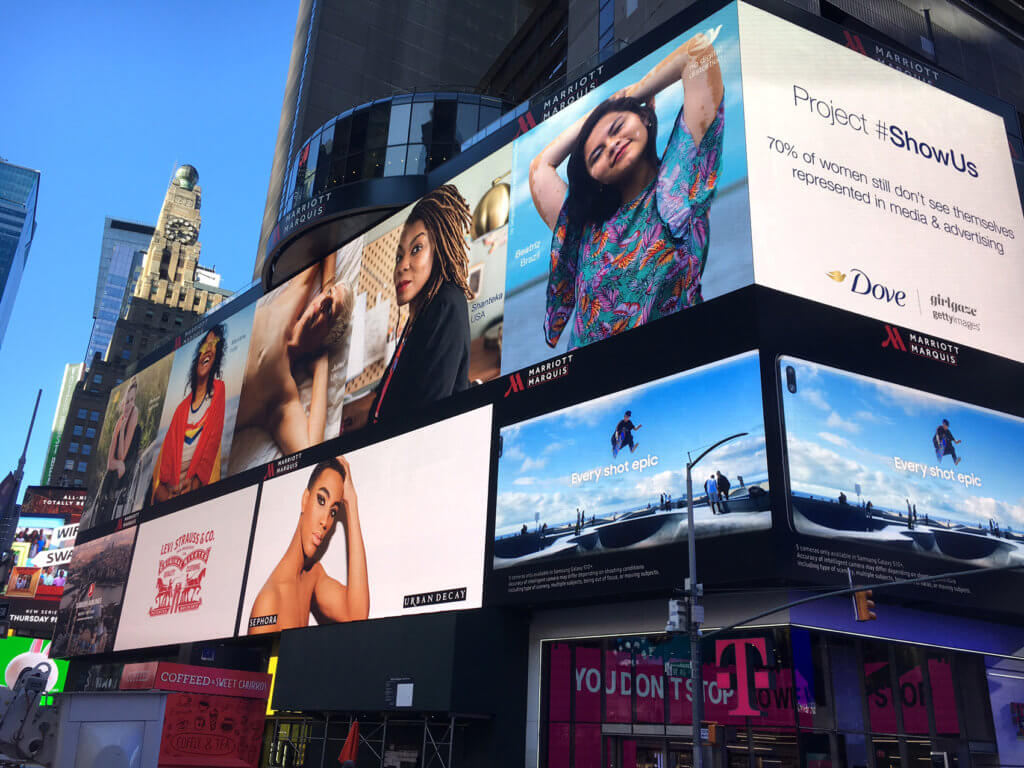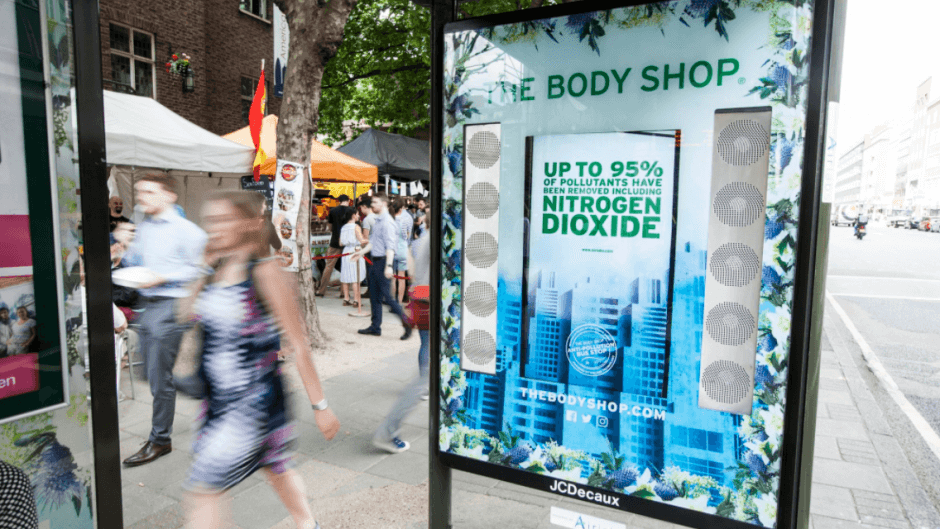
The beauty industry is constantly evolving to help consumers feel and look their best. With the rise in beauty and health influencers changing the industry, companies are gathering more data about what consumers want from their beauty products. Consumers in the beauty industry today are more informed and connected than ever before, making them easier to reach but harder to satisfy. As various trends have emerged in recent years, some were short-lived and quickly forgotten while others have resonated with consumers and have affected their future buying decisions. Beauty consumers now have higher expectations from the products they purchase. They want products that are effective but are also seeking an experience that can provide a deeper connection with the brand. With influencer ads on social media blowing up in recent years and saturating the field, consumers are beginning to lose trust in the influencers they follow as well as ads on social media in general. A decline in trust is leading to a decline in conversion rates, as sponsored ads are causing influencers to lose their credibility. Online advertisements alone cannot deliver long term brand building, which is why brands need the traditional strengths and benefits Out-of-Home (OOH) advertisements provide to amplify their online marketing strategy. In this article, we will cover the consumer trends in the beauty industry and how well they pair with OOH ads, while providing some examples of brands who have succeeded using OOH advertisements as their “Beauty Influencer” both on and offline.
Beauty Consumer Trends
1. Natural Products
Consumers today are more aware of the ingredients that go into their beauty and care products. According to Statista, a survey that took place in 2019 showed 64% of respondents stating that organic ingredients were an important factor when buying beauty products. With brands adopting this growing trend, ‘natural’ was the top claim for beauty and personal care in 2019. However, as consumers research and educate themselves more on the matter, brands’ claims of using only natural and organic ingredients may not be convincing enough. Consumers want to know more about the source of these ingredients and want brands to provide an in-depth explanation on what they do.
2. Sustainability and Eco-friendly
For most companies today, sustainable and eco-friendly products are on the top of the list for priorities set by consumers. Sustainable packaging, animal rights, harmful emissions during production, and working conditions of employees are all factors considered before purchasing. According to a study by IBM, almost 70% of consumers in the US say that it is important for a brand to be sustainable or eco-friendly; 69% of environmentally-conscious buyers will pay more for recycled products, while more than half of these buyers are willing to change their shopping habits if they know it will help reduce negative impacts on the environment.
3. Realistic Beauty and Inclusivity
Consumers are demanding more representation when it comes to the beauty industry. In the past, models in advertisements were always perceived as unrealistic, which created a bridge between consumers and brands. Nowadays, brands are trying to take a new approach towards self-acceptance and natural beauty. Companies like CVS attempted to abolish unrealistic portrayals of beauty in marketing and media through its Beauty Unaltered campaign. CVS Health found that consumers favor the idea of more realistic beauty images. CVS and Nielsen’s EEG eye tracking technology tested beauty images of models that were unaltered along with those that were altered and found that the engagement of unaltered beauty images was significantly stronger. Consumers want to feel inspired to be confident in who they are by advertisements displaying people that resemble them.
4. Personalization
Consumers are looking for products that they can connect with on a deeper level. Make-up products are including a wider range of shades to cater to specific skin colors as opposed to general categories of shades. Skin care products are also providing more in-depth analysis of skin surfaces. New technology is helping beauty brands better target these specific needs. For example, Procter and Gamble launched its Opte Precision Wand in 2020, that identifies skin imperfections and applies the necessary amount of make-up to those exact areas without wasting product on places that don’t need high coverage.
5. Transparency
The 2018 FIT Transparency Perception Assessment Survey found that what consumers value the most from brands and employers is communication, accountability, and values. Additionally, 42% of respondents feel that they do not get enough information from brands on ingredient safety, causing an even greater demand for transparency. While safety claims are important for the perception of a brand, its reputation plays the main role in determining its credibility. A brand’s reputation is built on trust which is achieved through product efficiency, ethical company decision-making, and most importantly, its advertising message that properly communicates these efforts.
OOH in the Beauty Industry
As consumer needs evolve in the beauty industry, many brands are considerate of these changes. However, it’s important that brands differentiate themselves from their competitors by supporting their claims not just by their words but by taking action to build on consumer trust. Advertising through trusted mediums, such as OOH, is a great approach to take when creating a message that reflects directly on the brand’s image. This is especially true since the social media influencer era has reached its peak and is now starting to decline. While it may be entertaining for consumers to watch Instagram posts of makeup and skin care tutorials, conversion rates from sponsored ad posts are decreasing. According to CEO Jeff Byer at Jeff Byer Inc, a web design and promotion company, “sponsored posts are no longer garnering the same audience interaction they once did, consumers now expect it like TV commercials. It seems they have become immune to branded posts and are able to filter them mentally”. The idea that these influencers are being paid to advertise products is misleading to consumers and is causing them to lose confidence in influencers as a reliable source of advice. To tackle this issue, brands are looking to advertise on accounts that have a smaller following, however this poses another issue – there isn’t enough exposure. OOH advertisements have the unique advantage to act as the brands “influencer” and be a trusted source that can reach a mass audience and cut through the noise. More than that, converging influencers with OOH can lead to even more outstanding results as influencers and YouTube vloggers can work together to help better connect consumers with brands by amplifying an OOH ad through their platforms.

The most obvious example that comes to mind in the beauty and influencer business is Kylie Jenner. With over 200 million followers on Instagram and the title of Most Influential Instagrammer, Kylie continues to launch OOH ads to promote her cosmetic brand and skin care line. To launch her new skincare line, Kylie Skin, she used the Adomni OOH buying platform to display 4,000 digital billboards in 1,100 cities and more than 1,500 video screens in hundreds of malls. Using programmatic DOOH, all of the ads showed the same image at the same time along with the destination to instantly buy the products. This campaign showcases the value of OOH, specifically programmatic technology. With “Kylie Jenner” being a brand on its own with an exceptional number of followers that are sure to purchase her products, the influence and excitement that OOH ads provide is something even successful brands can not pass on.

Over the last few years, many brands have been focusing more on building a strong brand personality that connects with their consumers on an emotional level. With consumers demanding to see more representation of themselves in the media, beauty and personal care brands have embraced inclusivity and acceptance as their brand image. An example is Dove’s #ShowUs campaign that wanted to adhere to the 70% of women that don’t feel represented in the media and give them the spotlight for a change. In partnership with Girlgaze and Getty Images, women from all parts of the world participated in the creation of the global campaign by sending in images that revealed their true selves. The campaign allowed for women who have been struggling with self-confidence to be featured proudly on large OOH ads in prime advertising locations. Dove also partnered with female social media influencers to promote the project by sharing photos of themselves and encouraging their followers to do the same. Dove’s goal was to create a dialogue based on inclusiveness and authenticity by showing women as they are, not as others believe they should be. The #Showus hashtag was used in 7,020,000 posts on Instagram, generated traffic in consumer markets, and increased sales.

With consumers becoming more committed to the causes they believe in, they expect the same from the brands they love, which as a result, builds deeper connections. The Body Shop has always been an activist against animal cruelty and has launched several campaigns over the years to battle animal testing in cosmetics and promote eco-friendly products. In 2019 in New York City, they launched an OOH campaign to call upon the public to help gather 8 million signatures for a petition for the UN to end animal testing in cosmetics. The company partnered with OUTFRONT Media to produce OOH live boards in order to attract consumers and encourage them to fight for the cause. The OOH campaign was also powered by the hashtag #ForeverAgainstAnimalTesting on social media to raise more awareness.

Another OOH campaign The Body Shop launched was to demonstrate their commitment to the environment. The OOH posters were not only meant to raise awareness but also to incorporate a brilliant use of technology to remove pollutants from the atmosphere they are located in. The smart posters consisted of bus stop ads that deliver up to 95% cleaner air to help protect the passengers nearby who are at higher risk from pollution exposure. This example perfectly demonstrates how brands can use OOH ads to implement positive change to gain the trust consumers are seeking and give their products more credibility.
The Bottom Line
Consumers are now starting to view the cosmetic and skin care industry as more than just products that can beautify them. These brands are becoming the symbol of real beauty, whether it’s natural products, authentic branding, or unfiltered images, they are placing higher priority on transparency. This even translates to their advertising efforts, as OOH is needed to bring more authenticity and loyalty to a brand. As shown in the examples above, brands continue to rely on OOH to act as the anchor for any social media campaign. Brands are integrating social influence with OOH to effectively increase engagement and bring brands closer to consumers, while at the same time, shifting towards storytelling and brand participation. OOH can act as the most trusted influencer when consumers are in doubt. Moreover, when brands work with influencers who have authority, experience, and speak to the brand’s target audience, they can send a powerful message.


